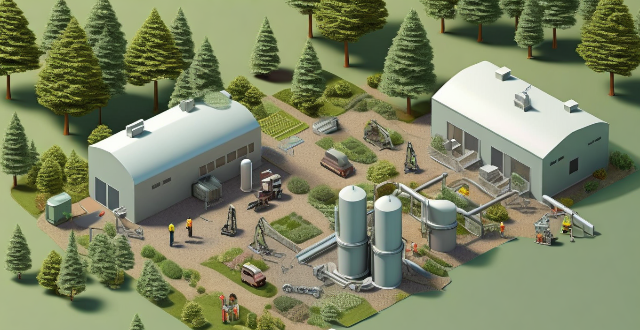The article discusses the role of developed countries in achieving climate justice. It outlines their historical responsibility, technological advantage, financial resources, and leadership in policy influence. Developed nations are responsible for a significant portion of greenhouse gas emissions due to early industrialization and higher per capita emissions. They also have the capability to drive innovation in clean energy technologies and facilitate technology transfer to less developed countries. Financial assistance through climate funds and green investments is essential for adaptation and mitigation efforts worldwide. Leadership in international agreements and stringent domestic policies set global benchmarks and encourage other nations to adopt cleaner practices. Overall, developed countries play a crucial role in bridging the gap between developed and developing nations and working towards a more equitable future for all.

Role of Developed Countries in Achieving Climate Justice
Introduction
Climate justice is a concept that emphasizes the need for equitable distribution of environmental benefits and burdens. It recognizes that those who have contributed least to climate change are often the most affected by its consequences. In this context, developed countries play a crucial role in achieving climate justice due to their historical responsibility, technological capabilities, and financial resources.
Historical Responsibility
*Cumulative Emissions*
- Developed nations have been industrializing since the 18th century, leading to higher cumulative emissions.
- They are responsible for around 70% of total greenhouse gas emissions over the past two centuries.
*Per Capita Emissions*
- Higher standard of living in these countries results in higher per capita emissions compared to developing nations.
- This disparity highlights the unequal contribution to global warming.
Technological Advantage
*Innovation and Research*
- Developed countries invest heavily in research and development of clean energy technologies.
- They can drive innovations that reduce carbon footprint globally.
*Access to Technology Transfer*
- These nations can facilitate the transfer of green technologies to less developed countries.
- Technology transfer supports capacity building and helps mitigate climate change effectively.
Financial Resources
*Climate Finance*
- Developed countries provide financial assistance through climate funds and grants.
- This support is essential for adaptation and mitigation efforts in vulnerable regions.
*Green Investments*
- Private sector investments from these countries can boost sustainable projects worldwide.
- Such investments create job opportunities and promote green economies.
Leadership and Policy Influence
*International Agreements*
- Developed countries often take leadership roles in negotiating international climate agreements.
- Their commitment sets an example for other nations to follow suit.
*Domestic Policies*
- Stringent environmental regulations in developed countries set global benchmarks.
- Their policies influence industries worldwide to adopt cleaner practices.
Conclusion
Achieving climate justice requires collective action, but developed countries bear a special responsibility due to their historical contributions to climate change, technological prowess, financial capabilities, and policy influence. By taking steps such as reducing emissions, supporting technology transfer, providing climate finance, and setting policy examples, they can help bridge the gap between developed and developing nations and work towards a more equitable future for all.